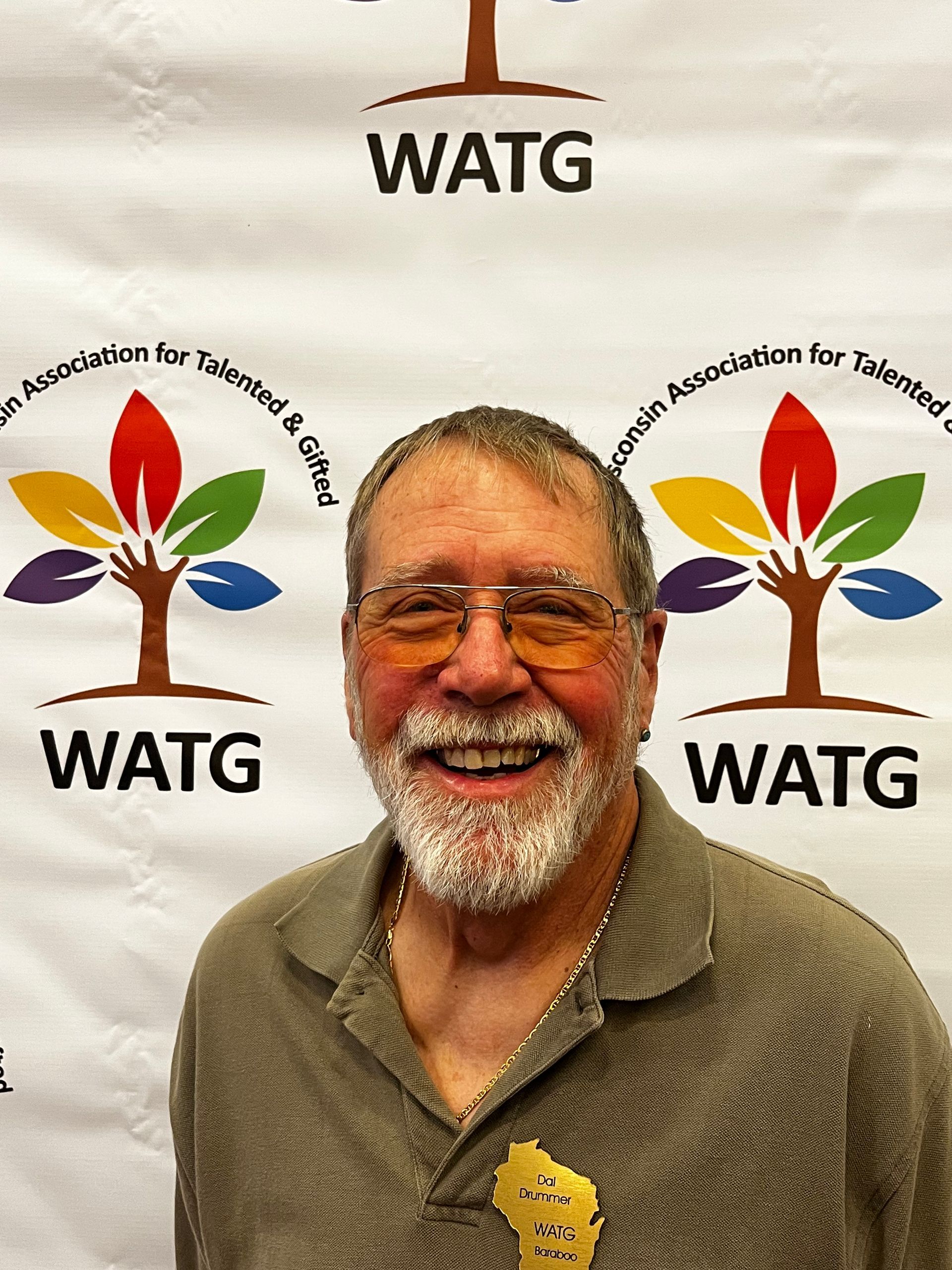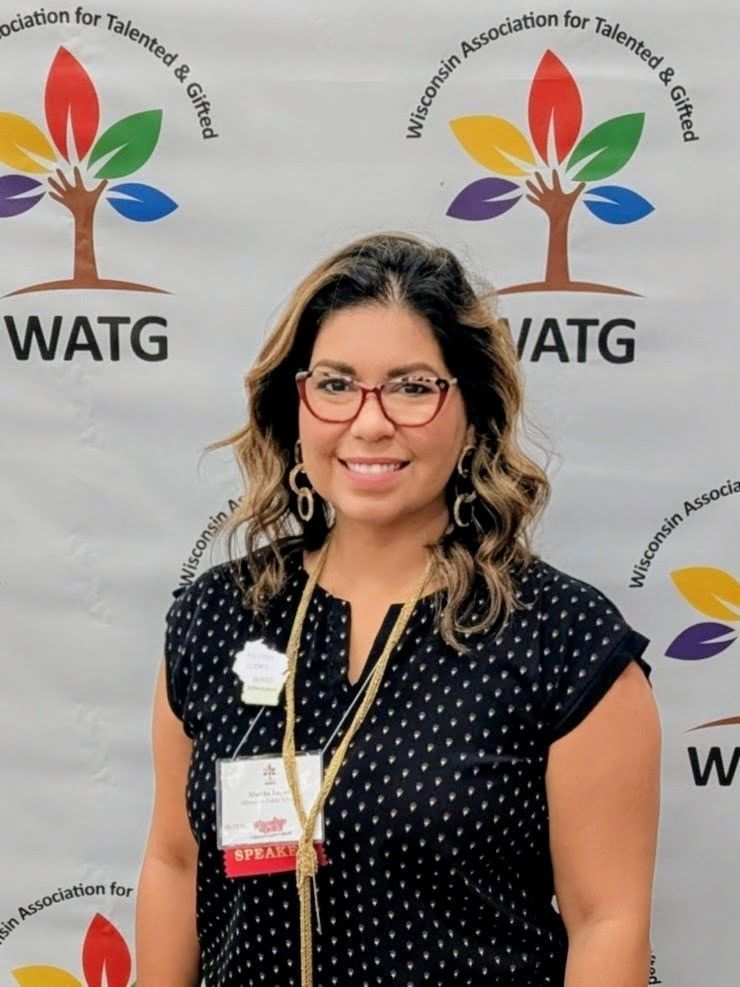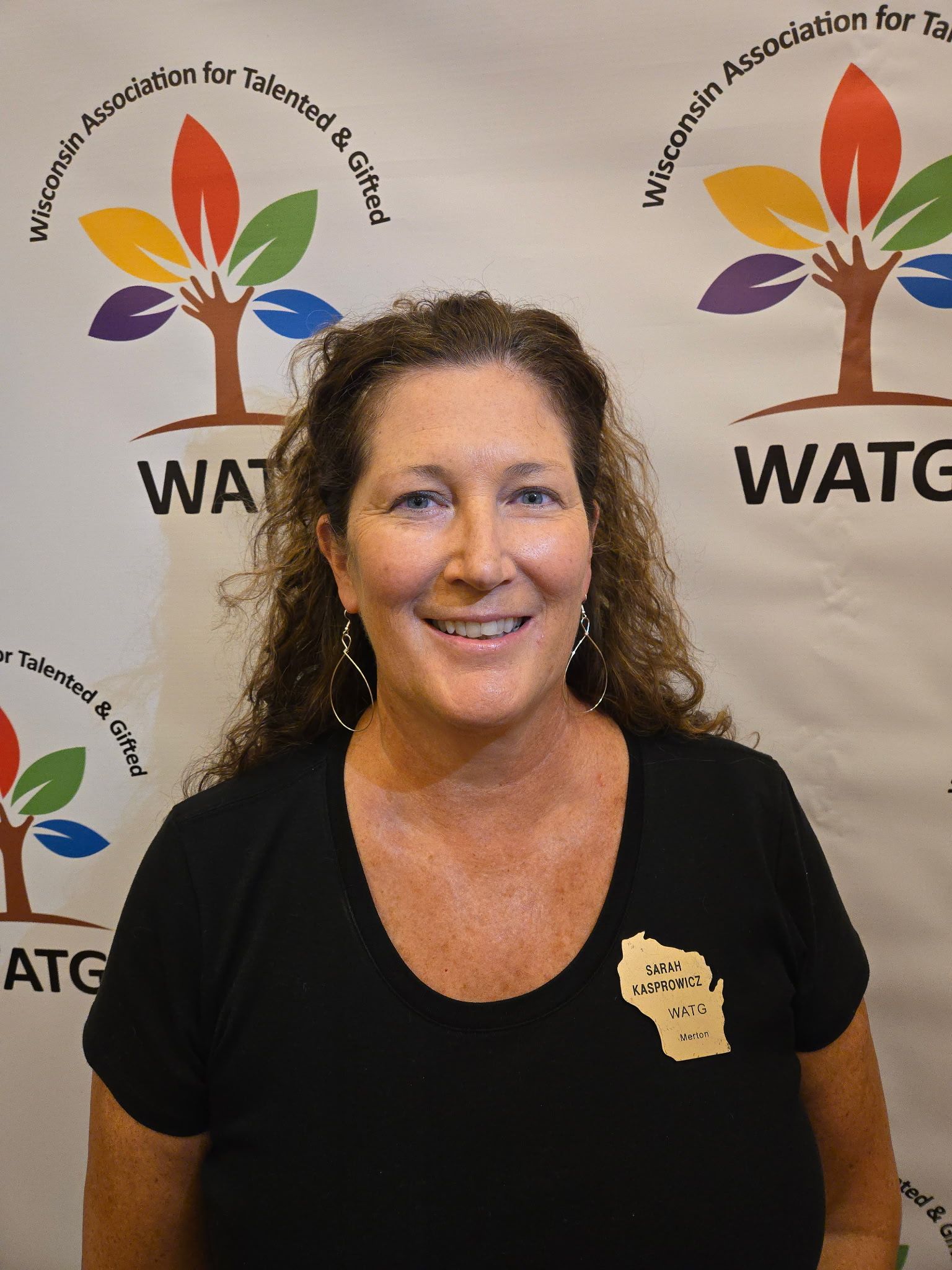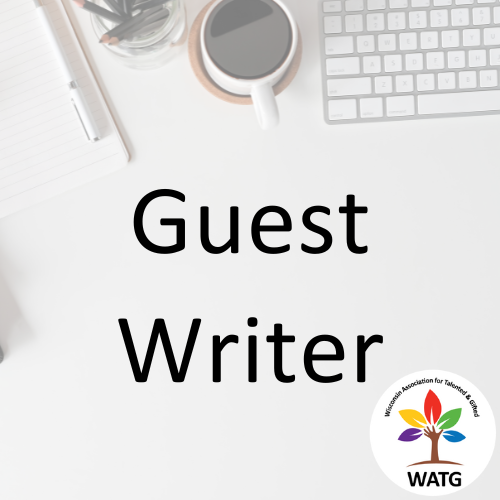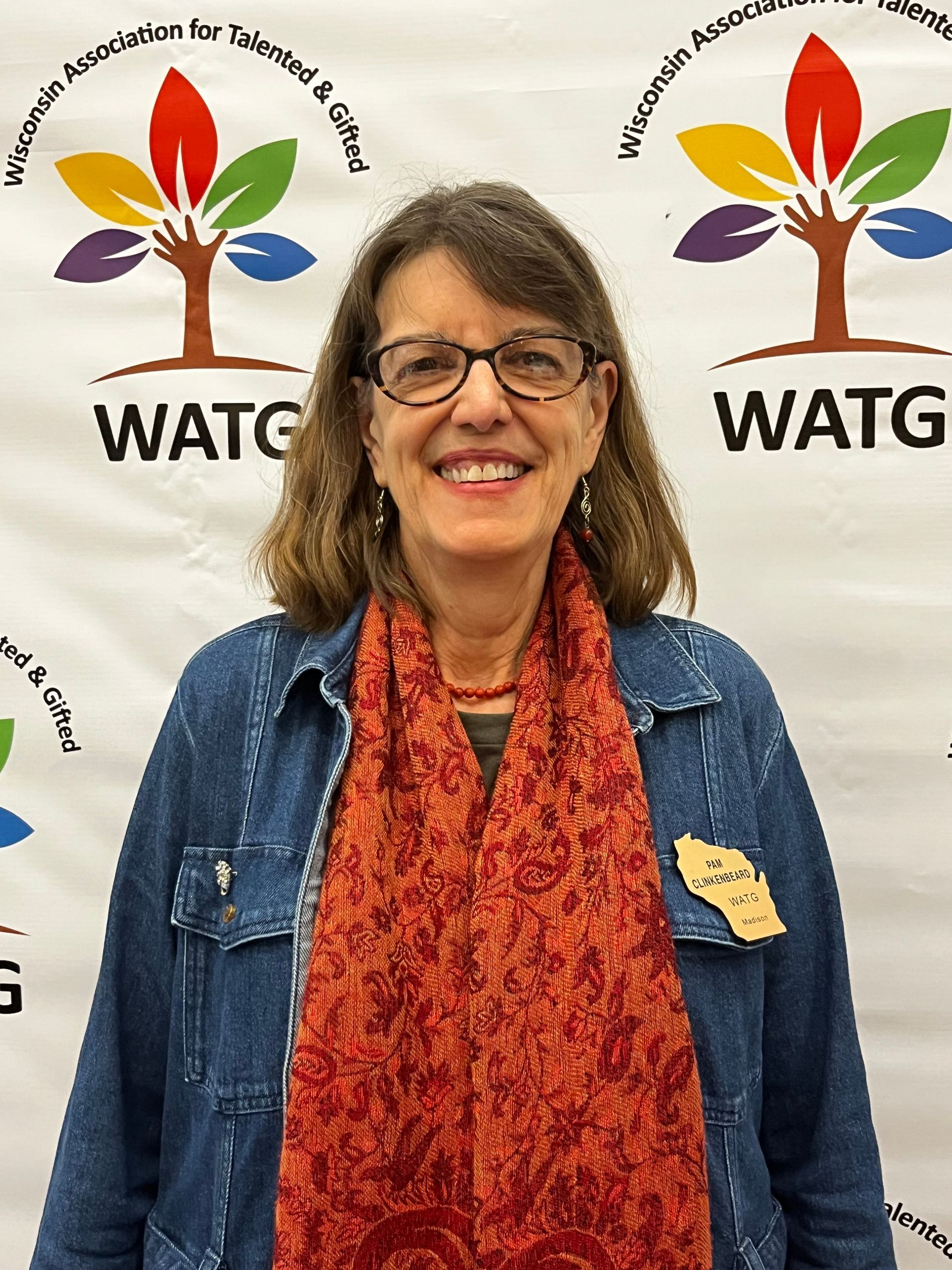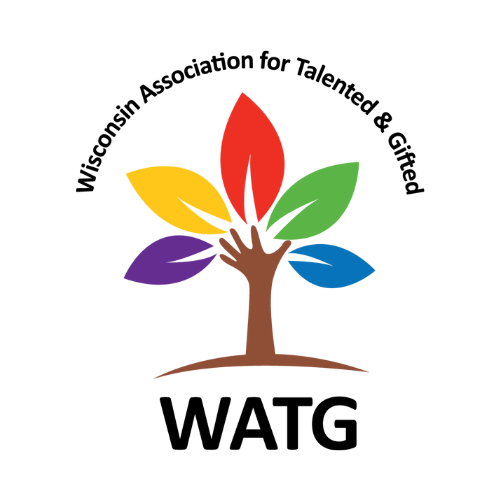The Algebra Conundrum
It is no secret that many gifted students are ready for algebra much sooner than it is generally offered in our standard sequence of instruction in our schools. Most of these students have mastered prerequisite knowledge and skills, and are clearly ready for a challenge. Taking algebra earlier than the typical freshman year of high school will allow them to pursue their mathematical passion and start them on a trajectory to prepare them for college and careers.
It is also no secret that schools, including those in Wisconsin, have considered algebra advancement to be a conundrum. These questions are often asked: Is this type of acceleration important? For whom? Are we finding the right students? Are we over-identifying students, only to find that some students are not prepared? Are we under-identifying students, especially historically underserved students, depriving them of content and challenge that they need and deserve? What if we place students in Algebra I in eighth-grade and they struggle; what do we do then?
In this recent article,
Untangling Who Should Take Algebra – and When in
The 74,
author Lauren Camera outlines the emergence of thinking on this conundrum. She begins by stating, “When it comes to access, readiness, and placement in Algebra I, states and districts across the country have ping-ponged between extremes for decades, often without clear evidence to back up drastic and frequent policy shifts.”
Citing an
Ed Research for Action study entitled
Evidence-Based Practices for Algebra I – Access, Placement, and Success by Elizabeth Huffaker of Stanford University, Camera shares that selection for early Algebra I placement should be based on academic readiness (measured by carefully crafted entrance requirements), and not on grade level or subjective judgments. This, the study asserts, will lead to both stronger student achievement and greater access,
especially for historically underserved students.
The study also examined the research surrounding the tradeoffs between “tracked” and “mixeed-proficiency” grouping practices.Though the research bears out that grouping students by readiness is an efficient and effective way of targeted teaching, grouping them together, (“tracking”) them, is often viewed as inequitable because it can lead to a fixed mindset, discouragement, and disengagement in some students.
For gifted math students, however, a “mixed-proficiency” classroom will probably not provide the pace, depth, and challenge that they require and deserve.
So what is a school district to do? If the entrance bar is set too high, we exclude students; if the entrance bar is set too low, we will undoubtedly encounter students who require additional support to be successful.
San Francisco schools struggled with this conundrum in the late 1990s. They attempted to enroll all eighth-graders in Algebra I under California’s “Algebra for All” initiative; this effort was met with lackluster results. In 2015, the district attempted to correct, withholding Algebra I for all eighth-grade students, making them wait until ninth-grade for this course. The district faced a wave of criticism from parents and caregivers who believed that their students were not being sufficiently challenged or prepared for high level math courses, and so the district re-corrected again this year with a much more nuanced plan, providing clearer identification criteria and support for educators and students. They applied lessons learned from evidence-based research. Here are some of the findings:
- The research demonstrated the best way to identify students for early enrollment into Algebra I is “with a combination of test scores, rather than relying solely on subjective referrals or a single test score.” You can download a helpful tool and discussion questions for districts and educators here.
- The research showed that students are much more successful in Algebra I when enrollment is based on academic readiness, not grade level.
- Academic support, including tutoring, summer school, and “double-dosing” (two periods of math each day) will help students who need additional help to be successful. Districts and ducators must be prepared to supply these resources.
Huffaker of Stanford sums up the algebra conundrum with these words of encouragement for educators, “There should be an emphasis on raising the floor, not lowering the ceiling when we’re thinking about balancing access and achievement. We always say that supported acceleration is a great way to get all or most of your students on an advanced pathway. And it sounds really great to have everyone kind of on that early Algebra I one trajectory. But districts face significant resource constraints and staffing. So I think our real goal here was to provide a framework where districts could come in with their local priorities and resources mapped and see what’s realistic for them.”
What are your district’s priorities? Are they realistic? What support resources do you have available? How can you assure that
all students are given sufficient challenge and support in your district? If your district is struggling with the algebra conundrum, I hope this article has been helpful.
As always, I welcome your thoughts. Together we grow.
- Jackie Drummer, Past President and Current Advisor, WATG
Recent Posts
